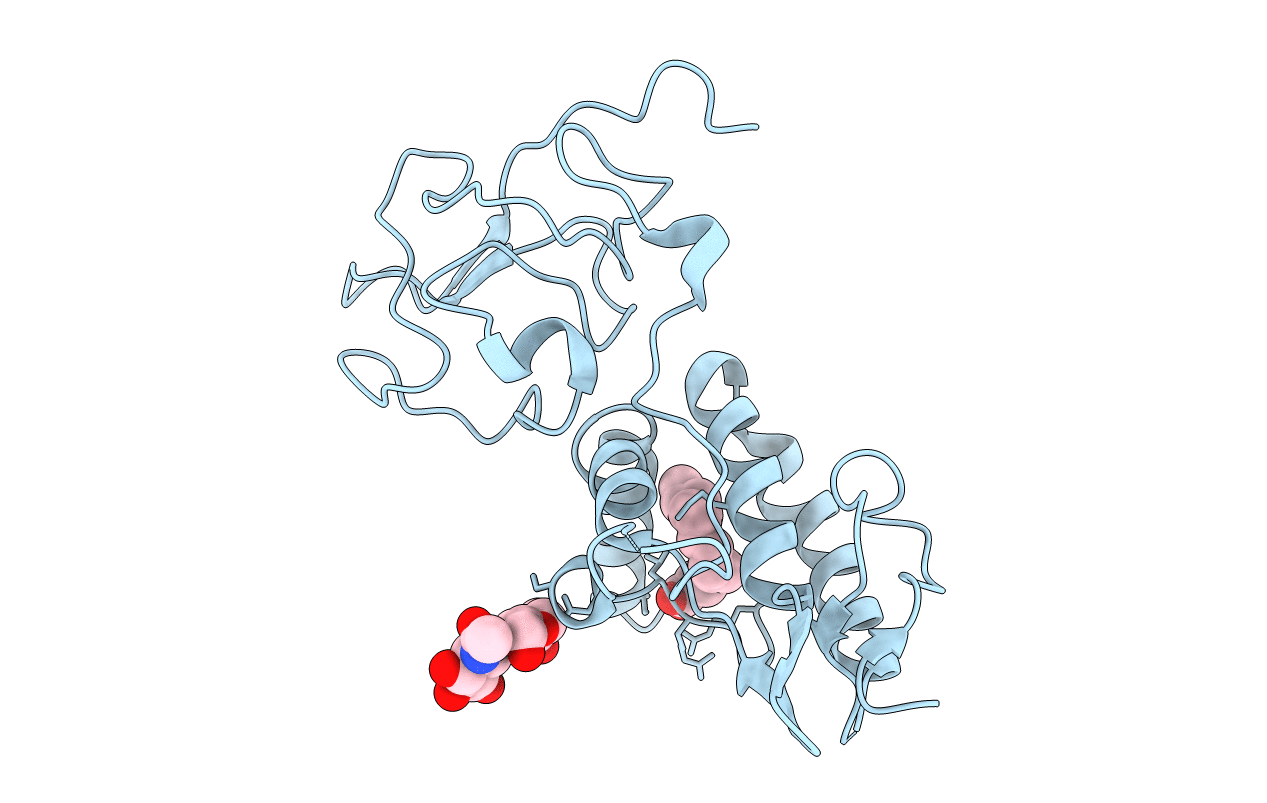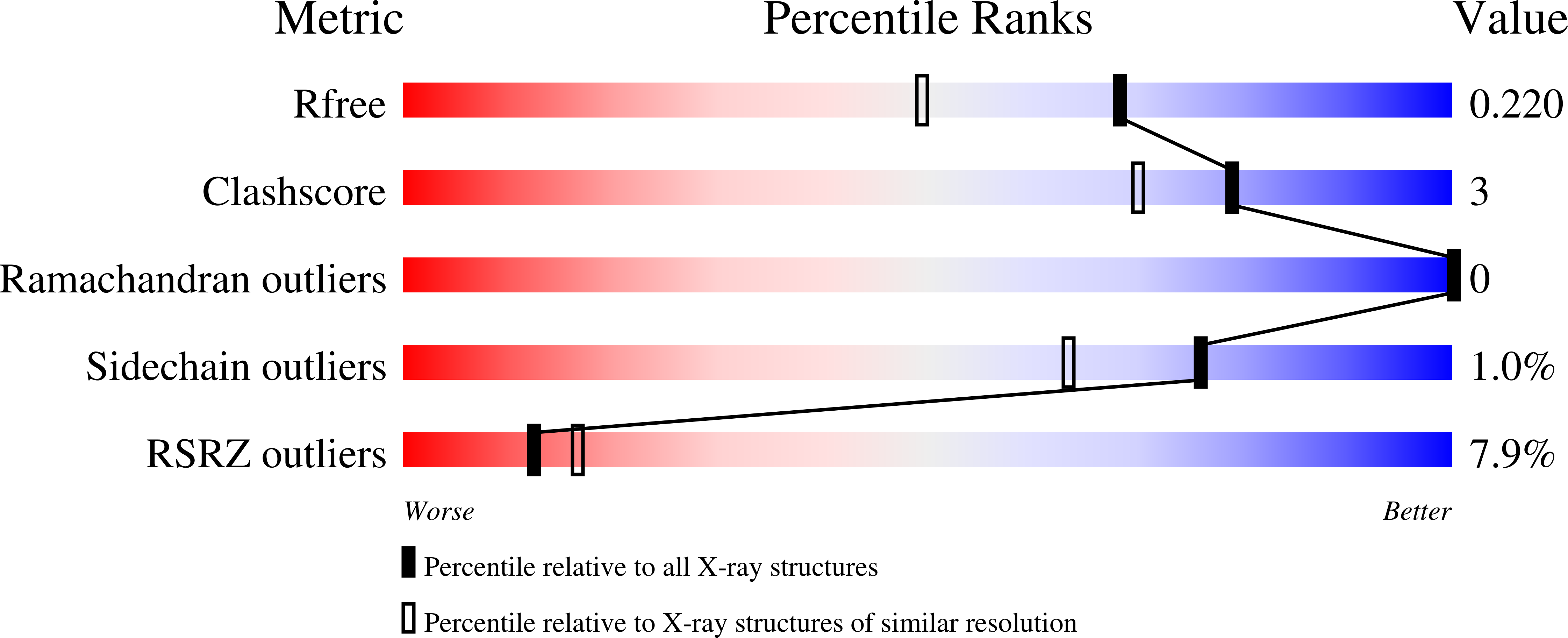
Deposition Date
2021-04-06
Release Date
2021-10-13
Last Version Date
2024-10-23
Entry Detail
PDB ID:
7ME4
Keywords:
Title:
Structure of the extracellular WNT-binding module in Drosophila Ror2/Nrk
Biological Source:
Source Organism:
Drosophila melanogaster (Taxon ID: 7227)
Host Organism:
Method Details:
Experimental Method:
Resolution:
1.75 Å
R-Value Free:
0.22
R-Value Work:
0.18
R-Value Observed:
0.18
Space Group:
C 1 2 1


